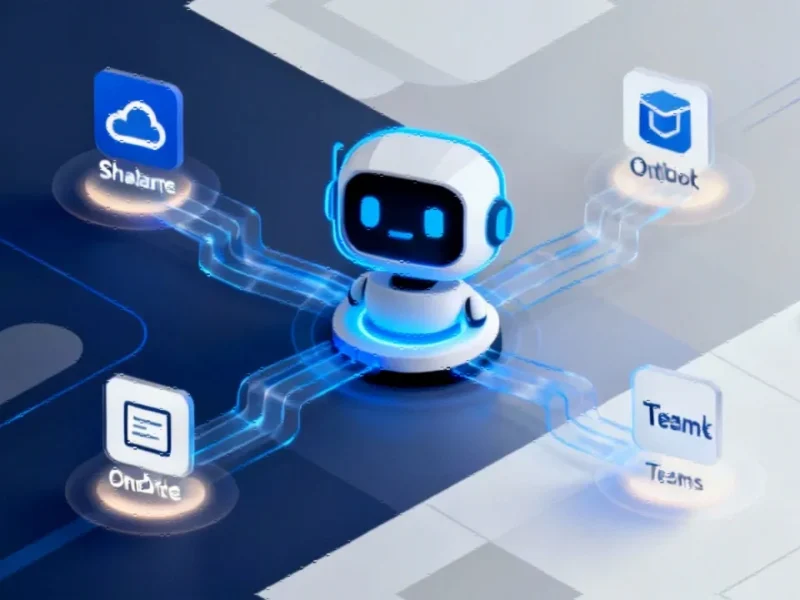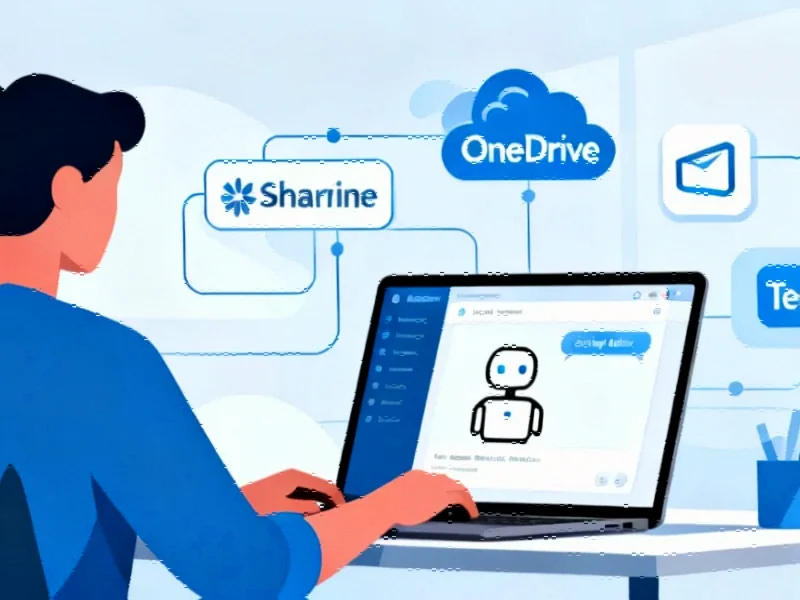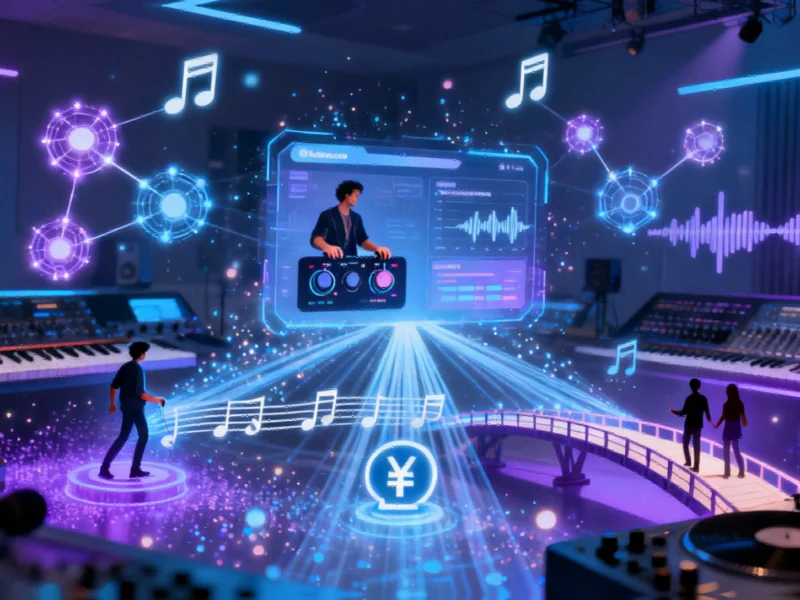Strategic Workforce Reduction in AI Division
Meta has initiated a significant restructuring of its artificial intelligence operations, eliminating approximately 600 positions across its FAIR AI research, product-related AI, and AI infrastructure units. This strategic move, first reported by Axios through an internal memo from Chief AI Officer Alexandr Wang, aims to create a more agile and efficient organizational structure while maintaining focus on the company’s ambitious superintelligence goals.
Table of Contents
Organizational Efficiency as Driving Factor
According to the internal communication, the workforce reduction is designed to streamline decision-making processes and increase individual impact within the AI division. “By reducing the size of our team, fewer conversations will be required to make a decision, and each person will be more load-bearing and have more scope and impact,” Wang explained in the memo. This approach reflects Meta’s commitment to optimizing its AI development pipeline while maintaining competitive momentum in the rapidly evolving artificial intelligence landscape.
Protected Units and Internal Mobility
The restructuring notably excludes Meta’s newly formed TBD Lab unit, which continues its operations unaffected by the cuts. Company leadership anticipates that most affected employees will transition to other positions within Meta’s extensive organization. The company maintains active hiring for its TBD Lab unit, indicating a strategic reallocation rather than a reduction in overall AI investment.
Background: Meta’s Evolving AI Strategy
This organizational shift follows several months of intensive AI development and recruitment efforts. In June, reports emerged that CEO Mark Zuckerberg had expressed frustration with the company’s AI limitations and was personally involved in recruiting top AI talent. The company subsequently acquired a 49% stake in data-labeling startup Scale AI and brought its founder, Alexandr Wang, to lead Meta’s superintelligence initiatives.
The recruitment drive continued throughout the summer until late August, when Meta paused hiring for AI professionals and began the restructuring process now coming to fruition. This pattern suggests a strategic recalibration rather than a retreat from AI development ambitions.
Vision for Personal Superintelligence
During Meta’s July earnings call, Zuckerberg articulated an ambitious vision for AI’s future, suggesting that “personal superintelligence” integrated with wearable technology like glasses could represent the next paradigm shift in personal computing. “Over the last few months, we’ve begun to see glimpses of our AI systems improving themselves, and the improvement is slow for now, but undeniable,” Zuckerberg stated.
The CEO further defined the company’s ultimate objective: “Developing superintelligence, which we define as AI that surpasses human intelligence in every way, is now in sight. Meta’s vision is to bring personal superintelligence to everyone so that people can direct it toward what they value in their own lives.”, as related article
Industry Context and Implications
Meta’s restructuring occurs amid intense competition in the AI sector, with major technology companies racing to develop advanced artificial intelligence capabilities. The move toward a leaner, more focused AI organization suggests Meta is prioritizing efficiency and accelerated development cycles as it pursues its superintelligence objectives.
This strategic realignment demonstrates how even well-resourced technology giants must continuously optimize their research and development structures to maintain competitiveness in the demanding AI landscape. The preservation of the TBD Lab unit indicates Meta maintains specific, protected innovation initiatives while streamlining its broader AI research infrastructure.
Industry observers will be watching closely to see how these organizational changes affect Meta’s ability to deliver on its ambitious AI roadmap, particularly its vision of making personal superintelligence accessible to mainstream consumers through next-generation computing platforms.
Related Articles You May Find Interesting
- How Workplace ‘Sidequests’ Are Revolutionizing Employee Engagement and Business
- Space Mirrors for Solar Farms: Innovation or Environmental Threat?
- Crucial Unveils High-Performance DDR5 Gaming Memory with Enhanced Design
- Google’s AI System Automates Scientific Software Evolution, Outperforming Human-
- Anyscale’s Ray AI Engine Joins PyTorch Foundation to Revolutionize Distributed A
This article aggregates information from publicly available sources. All trademarks and copyrights belong to their respective owners.
Note: Featured image is for illustrative purposes only and does not represent any specific product, service, or entity mentioned in this article.



